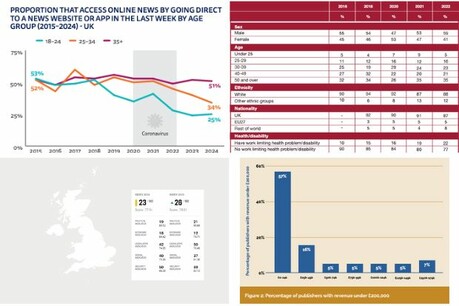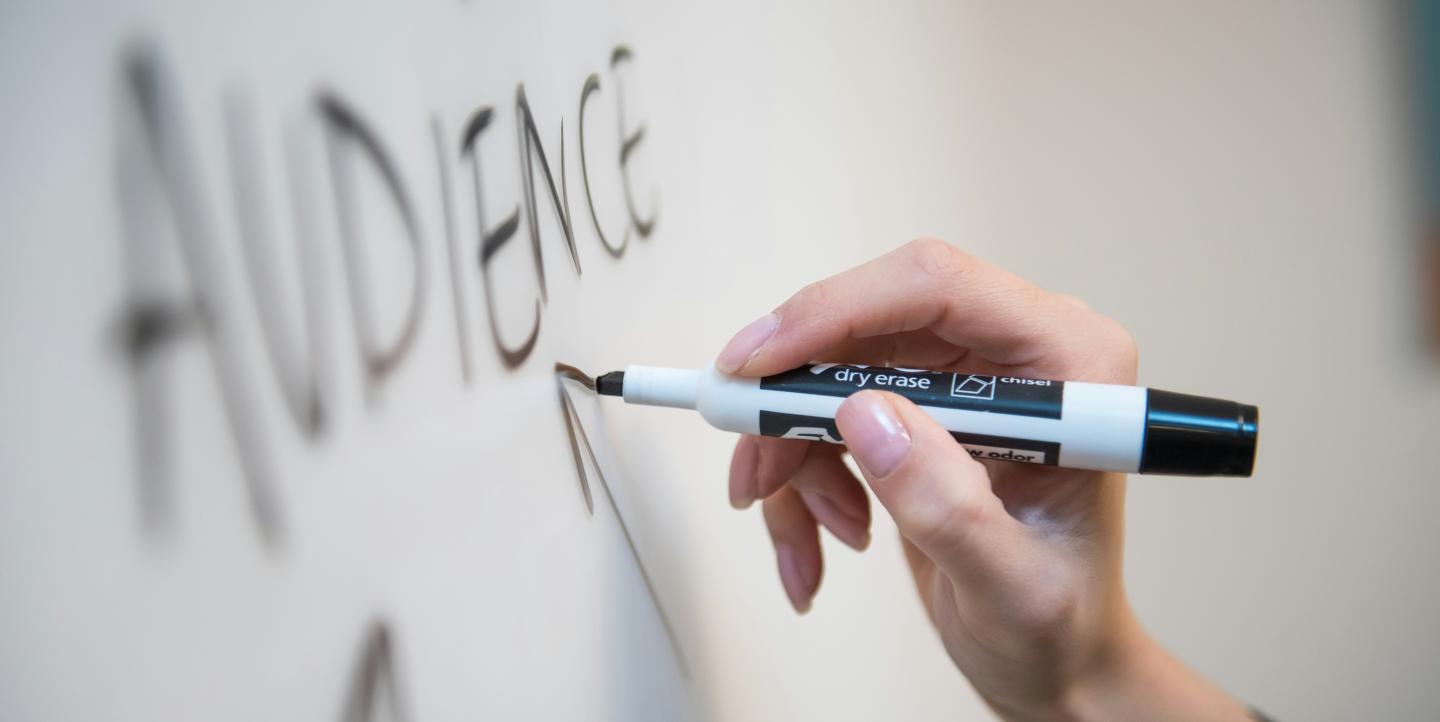
Media Research Hubs You Should Know
September 18, 2025
Will AI Kill Journalism or Force It to Evolve?
September 24, 2025A study by Wiebke Loosen, Julius Reimer, Louise Oberhülsmann, and Tim van Olphen outlines eleven ideal-type relationship forms that journalists adopt with their audiences—forms that vary by communicative mode (imagining, observing, interacting) and by who the audience is (public, groups, individuals).
Rather than a one-size-fits-all audience model, the research finds that most journalists draw on multiple relationship forms depending on context, medium, beat, or role. The forms are organized along two axes: the audience scale (general public → social groups → individuals) and the engagement mode (imagining, observing, interacting).
The eleven forms cluster into four main categories:
Traditional/distant roles (imagining + observing public)
- Distantly informing citizens — reporting for the public in a more classical model
- Distantly catering to customers — tailoring content to audience needs in a business logic
- Optimizing for a quantified audience — using metrics and data to shape coverage
Group-oriented interactive roles
- Supporting the affected — giving voice or focus to marginalized or vulnerable communities
- Nurturing a community — actively engaging with audiences who share interests or identities
Individual-oriented interaction roles
- Debating with discussion partners — responding and dialoguing with critics or readers
- Cultivating fans — fostering more personal connection, sometimes revealing personal life
- Enabling co-creators — crowdsourcing, participatory journalism
- Gaining trust of knowledge carriers — building relationships with expert sources or influencers
Distance or disengagement roles
- Coping with troublemakers — managing trolls, hostile feedback, harassment
- Leaving aside the unattractive — intentionally not engaging with certain audience segments
The study emphasizes the emotional dimension of these relationships: journalists consciously balance engagement and distance, drawing boundaries to protect their time, mental health, and professional integrity. Editors and practitioners are invited to recognize that no single model suffices—journalists should flexibly shift between relationship modes depending on story, medium, or audience need.
Reference –
https://ijnet.org/en/story/11-ways-journalists-relate-their-audiences-and-why-it-matters

